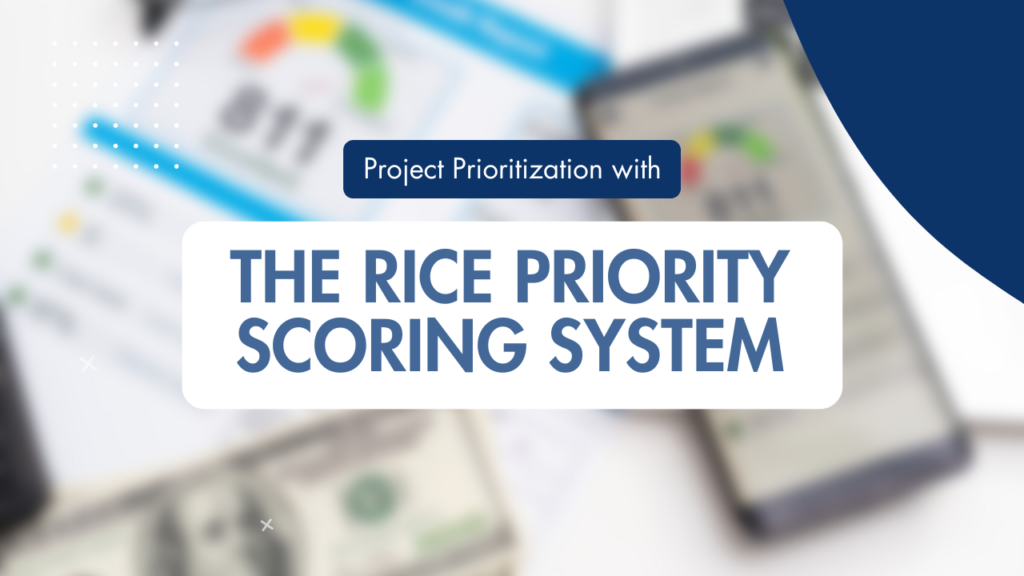The RICE Priority Scoring System stands out as a critical tool to ensure efficient resource allocation, aligning efforts with strategic goals. This quantitative framework facilitates informed decision-making by evaluating the potential impact of each project, transforming subjective judgments into objective data.
Exploring the RICE Framework
RICE, which stands for Reach, Impact, Confidence, and Effort, provides a comprehensive methodology for assessing projects:
- Reach: This metric measures the number of people or entities affected by the project within a specified timeframe. For example, you can evaluate a digital marketing campaign based on the projected increase in website visitors.
- Impact: This assesses how significantly a project will advance key goals, using a scale from minimal to massive. Launching a new product feature could be rated for its potential to increase customer satisfaction or retention.
- Confidence: This factor gauges the reliability of the estimates for Reach and Impact, thereby mitigating risks associated with over-optimism. Try to adjust confidence levels based on past project performance and current data accuracy.
- Effort: Represents the total work required from all team members to complete the project, typically measured in person-months. Additionally, this helps in understanding the resource commitment needed versus the expected returns.
Strategic Benefits of Using RICE
The RICE system’s structured approach converts abstract project attributes into concrete, comparable metrics, offering several strategic advantages:
- Objective Prioritization: Score and rank projects based on their RICE values, directing attention and resources to those with the greatest potential impact.
- Enhanced Efficiency: By clearly identifying high-priority projects, organizations can prevent resource dilution across less impactful initiatives, ensuring concentrated effort where it’s most needed.
- Dynamic Adaptability: Revisit and update RICE scores as projects progress, allowing teams to adapt to changes and reprioritize based on the latest information.
Implementing RICE for Strategic Advantage
To effectively implement the RICE framework, organizations should establish a routine for scoring and reviewing projects. Therefore, try involving cross-functional teams to ensure comprehension, and to integrate RICE scores into review cycles. Updated RICE scores can inform strategic decisions, from project initiation to resource allocation, achieving key objectives.
Conclusion
The RICE Priority Scoring System is an invaluable framework for any organization seeking to optimize its project portfolio management. For example, by providing a clear, quantifiable basis for comparing and prioritizing projects, RICE enables strategic resource allocation, ensuring that efforts are concentrated on initiatives that promise the highest returns. In the dynamic world of project management, RICE offers a path to achieving greater impact with precision and purpose.

